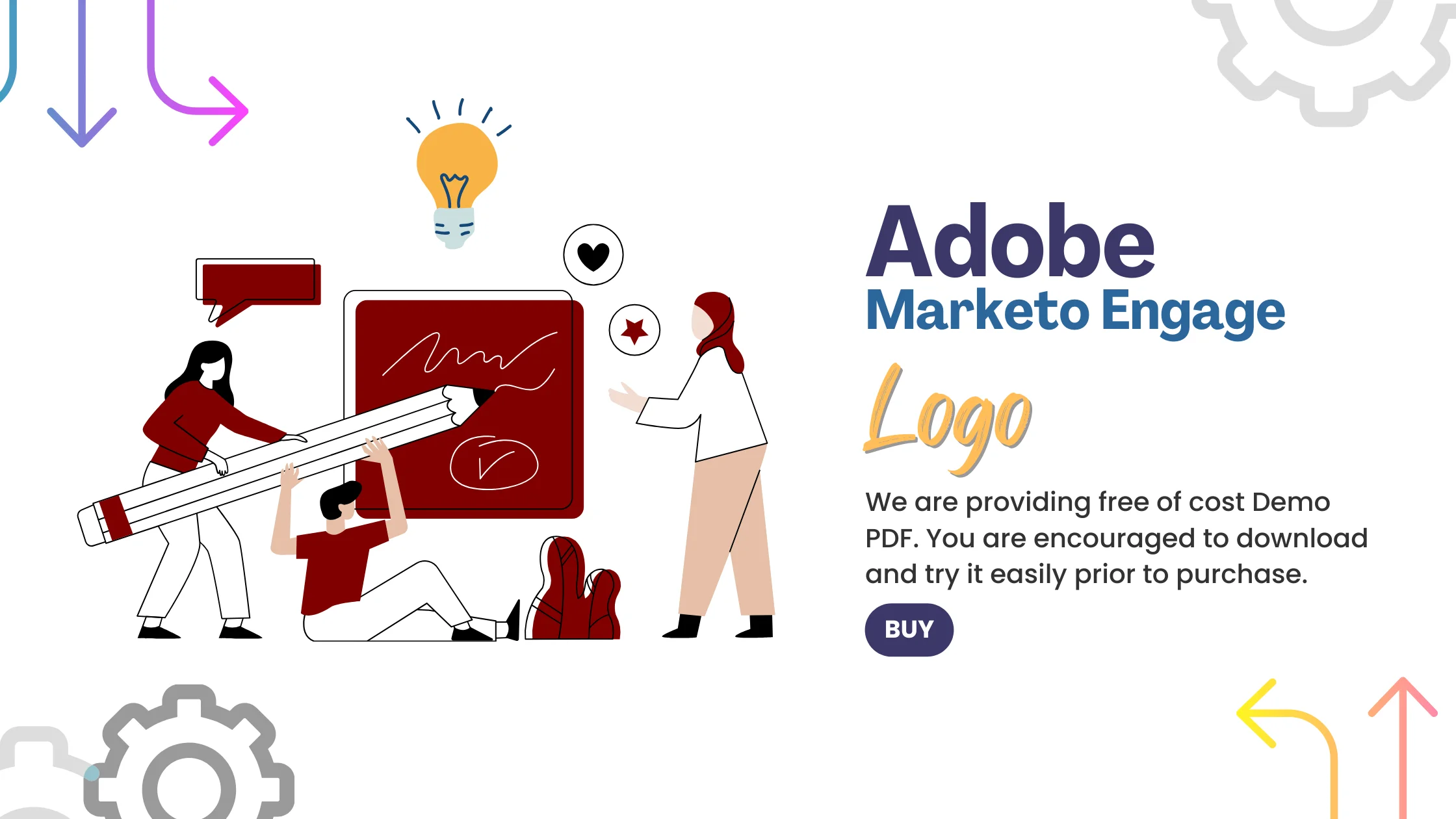
Adobe Marketo Engage: Complete Buyer's Guide
Enterprise-grade marketing automation platform with AI capabilities
Adobe Marketo Engage is an enterprise-grade marketing automation platform that combines sophisticated AI capabilities with comprehensive B2B marketing tools, specifically designed for organizations requiring advanced account-based marketing and complex CRM integrations.
Market Position & Maturity
Market Standing
Adobe Marketo Engage maintains a strong competitive position within the enterprise B2B marketing automation segment, though current 2024 Gartner Magic Quadrant positioning requires verification for 2025 status[60].
Company Maturity
Company maturity indicators demonstrate substantial operational scale through Adobe's established enterprise infrastructure and global support capabilities.
Growth Trajectory
Growth trajectory benefits from Adobe's broader digital transformation trends and enterprise AI adoption acceleration.
Industry Recognition
Industry recognition includes consistent placement in enterprise marketing automation evaluations, though specific analyst rankings require current verification.
Strategic Partnerships
Strategic partnerships within Adobe Experience Cloud create significant competitive moats, offering integrated customer experience management that standalone marketing automation vendors cannot replicate.
Longevity Assessment
The platform benefits from Adobe's $19.4 billion annual revenue and established enterprise relationships, providing buyer confidence in long-term vendor stability and continued product development investment.
Proof of Capabilities
Customer Evidence
Enterprise customer implementations demonstrate measurable business outcomes across multiple industries and use cases.
Quantified Outcomes
Quantified customer outcomes include significant cost savings in client retention scenarios, though specific percentage claims require verification due to citation accessibility limitations[58].
Case Study Analysis
Aerotech's implementation achieved 66% higher win rates using AI-optimized workflows, though requiring 18 hours/week of initial sales team training during the adoption phase[33].
Market Validation
Market validation comes through primarily enterprise customers serving complex ABM requirements, indicating successful positioning within the target market segment[44][57].
Competitive Wins
Competitive wins against alternatives demonstrate the platform's enterprise positioning strength. Organizations choosing Marketo Engage over competitors typically prioritize native Adobe Sensei integration, CRM-agnostic architecture, and comprehensive ABM capabilities over simpler alternatives[41][44][47][59].
Reference Customers
Reference customers span Business Technology organizations with existing Adobe Experience Cloud investments, enterprises requiring advanced predictive analytics, and companies prioritizing buying-group targeting and sales-insight activities[41][44].
AI Technology
Adobe Marketo Engage's technical foundation centers on Adobe Sensei AI integration, providing embedded artificial intelligence capabilities that distinguish it from competitors requiring third-party AI tools[47][59].
Architecture
The platform's CRM-agnostic architecture represents a significant technical advantage, offering native compatibility with Salesforce, Microsoft Dynamics, and Veeva without requiring proprietary CRM investments[44][59].
Primary Competitors
Primary competitors include HubSpot with embedded AI features and 2-4 week implementation cycles but limited customization, Oracle Eloqua requiring more third-party AI integrations, and specialized platforms like ActiveCampaign offering 500+ automation recipes with 25% higher success rates for behavior-triggered workflows[33][60][14].
Competitive Advantages
Competitive advantages center on native Adobe Sensei integration providing embedded AI capabilities without third-party tools, CRM-agnostic architecture offering compatibility with Salesforce, Microsoft Dynamics, and Veeva, and comprehensive ABM capabilities including buying-group targeting and sales-insight activities[47][59][44][59][41][44].
Market Positioning
Market positioning distinguishes Marketo Engage through the combination of generative AI content creation, B2B-specific workflow capabilities, and Adobe Experience Cloud integration through Firefly assets—creating a differentiation package that competitors struggle to match comprehensively[45][48].
Win/Loss Scenarios
Win/Loss scenarios favor Marketo Engage when organizations prioritize sophisticated ABM capabilities, require CRM-agnostic architecture, and have existing Adobe ecosystem investments. The platform loses to simpler alternatives when organizations prioritize rapid deployment, have limited technical resources, or require lower-cost solutions for basic automation needs.
Key Features

Pros & Cons
Use Cases
Integrations
Pricing
Featured In Articles
Comprehensive analysis of AI Drip Campaigns for AI Marketing & Advertising for AI Marketing & Advertising professionals. Expert evaluation of features, pricing, and implementation.
How We Researched This Guide
About This Guide: This comprehensive analysis is based on extensive competitive intelligence and real-world implementation data from leading AI vendors. StayModern updates this guide quarterly to reflect market developments and vendor performance changes.
60+ verified sources per analysis including official documentation, customer reviews, analyst reports, and industry publications.
- • Vendor documentation & whitepapers
- • Customer testimonials & case studies
- • Third-party analyst assessments
- • Industry benchmarking reports
Standardized assessment framework across 8 key dimensions for objective comparison.
- • Technology capabilities & architecture
- • Market position & customer evidence
- • Implementation experience & support
- • Pricing value & competitive position
Research is refreshed every 90 days to capture market changes and new vendor capabilities.
- • New product releases & features
- • Market positioning changes
- • Customer feedback integration
- • Competitive landscape shifts
Every claim is source-linked with direct citations to original materials for verification.
- • Clickable citation links
- • Original source attribution
- • Date stamps for currency
- • Quality score validation
Analysis follows systematic research protocols with consistent evaluation frameworks.
- • Standardized assessment criteria
- • Multi-source verification process
- • Consistent evaluation methodology
- • Quality assurance protocols
Buyer-focused analysis with transparent methodology and factual accuracy commitment.
- • Objective comparative analysis
- • Transparent research methodology
- • Factual accuracy commitment
- • Continuous quality improvement
Quality Commitment: If you find any inaccuracies in our analysis on this page, please contact us at research@staymodern.ai. We're committed to maintaining the highest standards of research integrity and will investigate and correct any issues promptly.